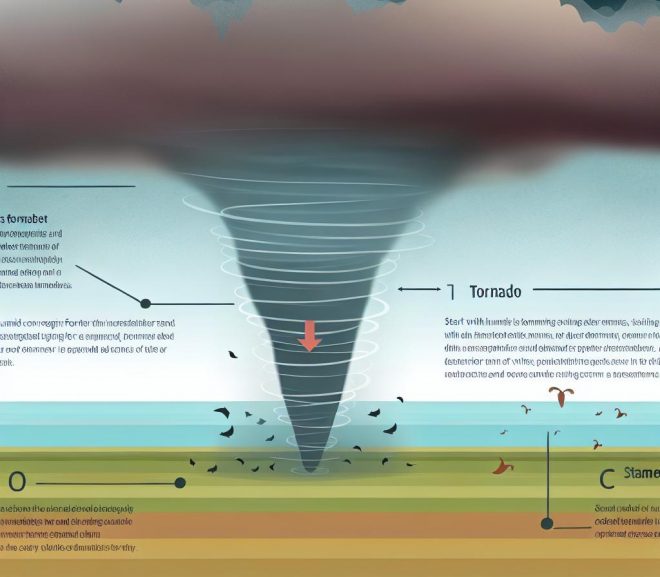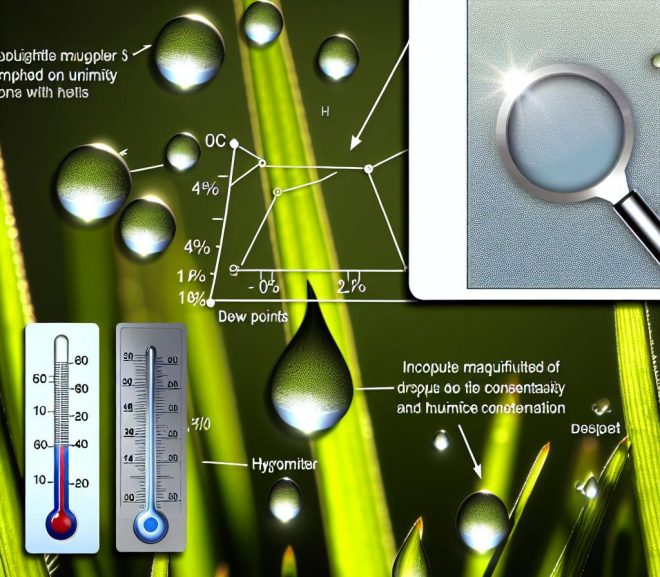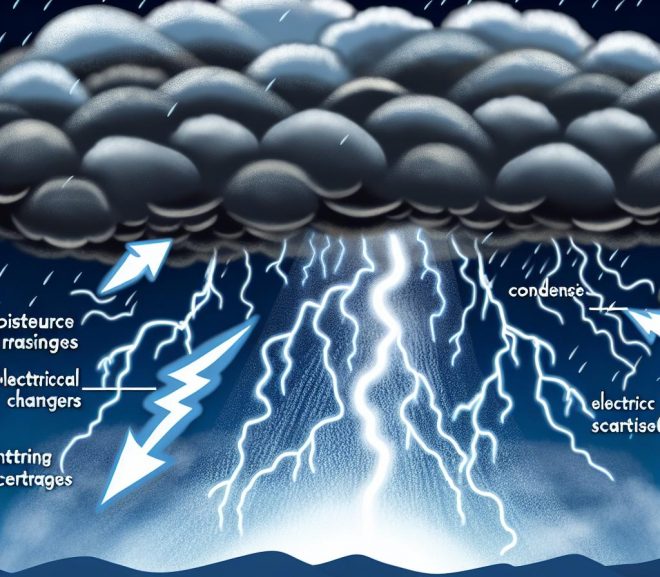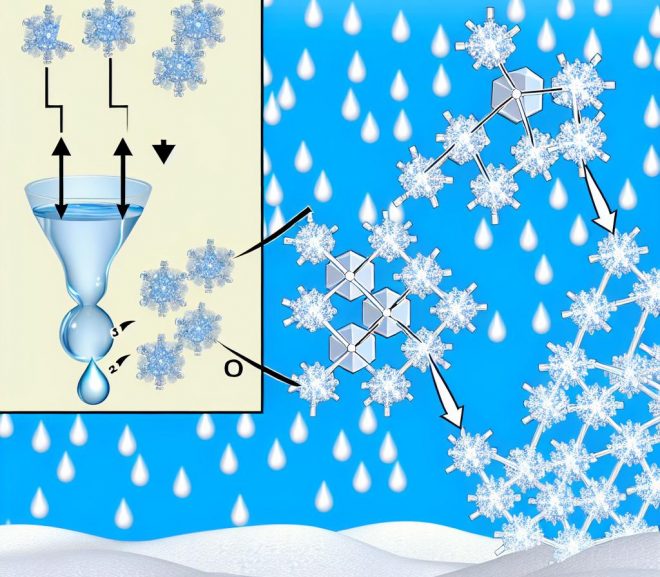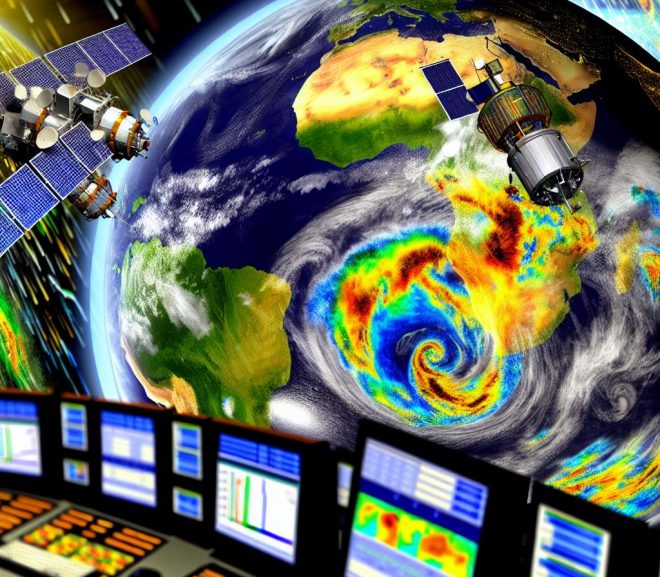Introduction to Tornado Formation The formation of tornadoes presents an intricate and captivating process in the realm of meteorology. Tornadoes, essentially intense and rapidly rotating…
Category: Uncategorized
What is Dew Point? The dew point is a crucial meteorological term frequently discussed when analyzing humidity and weather conditions. It signifies the specific temperature…
Understanding Fog Fog is a meteorological phenomenon characterized by the condensation of water droplets that are suspended in the air near the Earth’s surface. This…
Understanding Thunder and Lightning When we think of thunderstorms, the dramatic elements of thunder and lightning often come to mind. These natural phenomena, though frequently…
Introduction to Volcanic Eruptions and Weather Volcanic eruptions are monumental natural phenomena that possess the potential to influence the Earth’s climate and weather patterns dramatically.…
The Science of Snowflake Formation Snowflakes, with their intricate and delicate structures, descend gracefully from the sky, offering a captivating glimpse into the complexities of…
The Functionality of Satellites in Weather Observation Satellites have become fundamental to the field of meteorology, offering unparalleled insights into weather observation, analysis, and prediction.…
The Role of Weather Balloons in Data Collection Weather balloons, or radiosondes, are indispensable instruments in meteorology and atmospheric science. These balloons play a crucial…
Introduction The impact of pollution on local weather patterns is a complex issue attracting increasing attention from both environmental scientists and the general public. This…
The Influence of Earth’s Rotation on Weather Patterns The Earth’s rotation is an elemental aspect of our planet that has profound implications on its weather…

